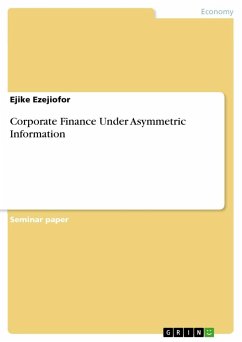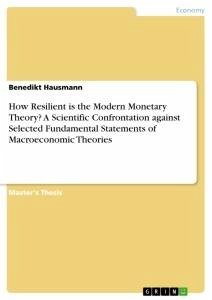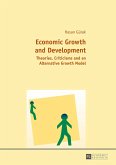Seminar paper from the year 2005 in the subject Economics - Monetary theory and policy, grade: A= 1,0, Johns Hopkins University (School of Advanced International Studies (SAIS)), course: Theories and Models of Economic Development, language: English, abstract: Credit markets in developing countries differ substantially from their counterparts in OECD countries. Apart from the obvious differences in institutional development, technology and productivity which are both measures for and causes of underdevelopment, typ ical LDC credit markets have two main characteristics. Firstly, their financial systems are very small compared those in industrial economies. Secondly, developing countries are characterized by very big informal financial sectors that coexist with formal credit institutions. Interestingly, credit contracts differ highly between these two sectors and there seems to be only very limited inter-sector competition. The following paper ventures to explain the persistence ofthese peculiarities in rural credit markets1 using the model of asymmetric information in credit markets developed by Stiglitz and Weiss. By applying the model specifically to LDC credit markets I show that asymmetric information is among the major reasons for the underdevelopment of rural credit markets. Building on these findings I then explain how Microfinance Institutions (MFI) have lately been able to overcome some of the problems of imperfect information and strive in markets formerly dominated by informal money lenders.The first part of this paper provides an overview of the typical characteristics of credit markets in developing countries, concentrating on the limited size of LDC credit markets and on the apparent dichotomy between formal and informal finance sectors. Then, the importance of financial systems for economic development is briefly outlined in order to explain the relevance of the topic of this essay. The main part of the paper then presents the model of asymmetric information in credit markets pioneered by Stiglitz/Weiss as a possible explanation for the causal origins of these characteristics. The last part shows how successful microfinance institutions may succeed in operating in rural credit markets by their ability to overcome problems of imperfect information.








